Of which, export turnover reached 305.96 billion USD, up 14.8% over the same period last year, despite facing many difficulties and challenges in the first months of the year.
Notably, the trade balance continued to have a surplus, reaching nearly 14 billion USD. The processing industry accounted for 88.6% of the total turnover, with 271.06 billion USD. In particular, electronic products, computers and components reached 66.9 billion USD, up 43.1%, showing strong resilience. Other traditional industries also grew steadily, with textiles reaching 26.5 billion USD, footwear 16.1 billion USD, and seafood 7.15 billion USD.
In terms of markets, the US still leads with about 99 billion USD, accounting for more than 32% of total export turnover. The European Union (EU) and China continue to be important markets, while the Comprehensive and Progressive Agreement for Trans -Pacific Partnership (CPTPP) as well as other free trade agreements open up more space in the markets of Canada, Mexico, Australia, the Middle East... This is the foundation for Vietnam to confidently expand into new regions.
Despite positive results, according to experts, exports still face many barriers and disadvantages, especially tariff policies and regulations on origin. Worryingly, unpredictable international developments can have a strong impact on the market or supply chain, leading to disadvantages for Vietnamese exports.
Export is one of the most important pillars of the economy , creating jobs, attracting resources, ensuring growth. In the context of a volatile global economy, Directive No. 29/CT-TTg dated September 23, 2025 of the Prime Minister, with the requirement to promote exports, develop foreign markets, and strive for growth of over 12% this year, is a strategic orientation, affirming the determination to act to maintain high growth momentum and strengthen the resilience of the economy.
Accordingly, market diversification is a vital task. Not only consolidating traditional markets, Vietnam must proactively explore markets in the Middle East, Africa, Latin America, Central Asia, Eastern Europe, India, Pakistan, and Brazil.
The Government also requested to urgently promote negotiations and sign new free trade agreements in the fourth quarter of 2025, opening up more "safety belts" for Vietnamese goods. This is the responsibility of ministries, branches, and local authorities, which means that ministries, branches, and localities are not allowed to delay in performing their tasks. Forecasting and early warning of trade policy fluctuations must be improved. Trade promotion activities need to be innovated, combined directly with online, making the most of cross-border e-commerce. Logistics infrastructure must be invested to reduce costs and shorten time. Enterprises must improve green, clean, and sustainable production standards to meet the strict requirements of high-end markets.
For Hanoi - the country's major economic center, the responsibility is even clearer. The capital has advantages in processing industry, high technology, services and a force of creative start-up businesses. Building the "Made in Hanoi" brand associated with quality and reputation will be a practical contribution, affirming the pioneering position of the capital in the integration process.
Export is the lifeblood of the economy. Market diversification is not just a slogan but a concrete action. The direction is clear, the remaining issue is consensus: the State creates, industry associations act as bridges, and businesses pioneer innovation. When these three pillars move together, exports will continue to maintain sustainable growth and be the pillar to maintain economic growth, contributing to the completion of the target of over 8% this year and double digits in the coming years.
Source: https://hanoimoi.vn/giu-nhip-tang-truong-kinh-te-717787.html




![[Photo] Binh Trieu 1 Bridge has been completed, raised by 1.1m, and will open to traffic at the end of November.](https://vphoto.vietnam.vn/thumb/1200x675/vietnam/resource/IMAGE/2025/10/2/a6549e2a3b5848a1ba76a1ded6141fae)













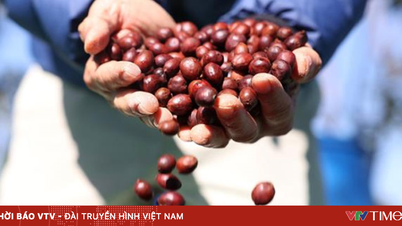
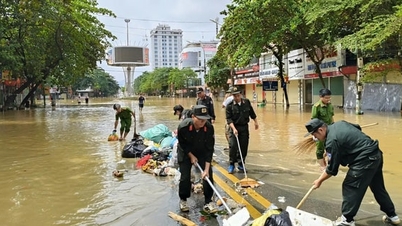
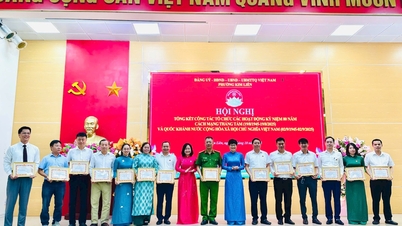

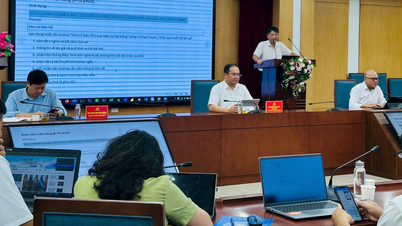

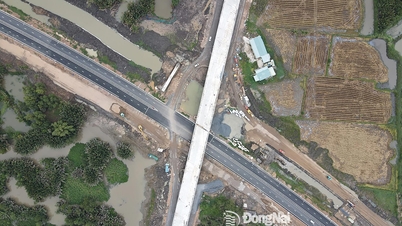

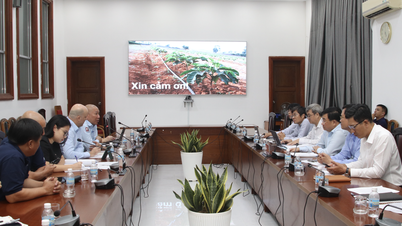





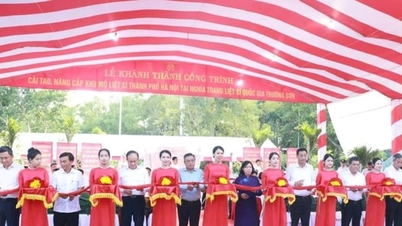

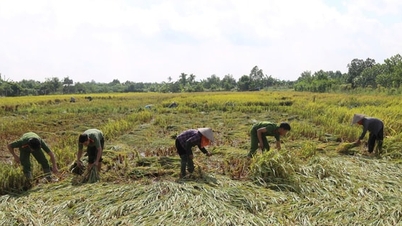
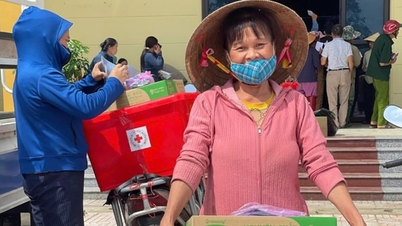






















































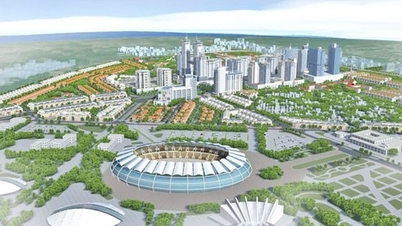














Comment (0)